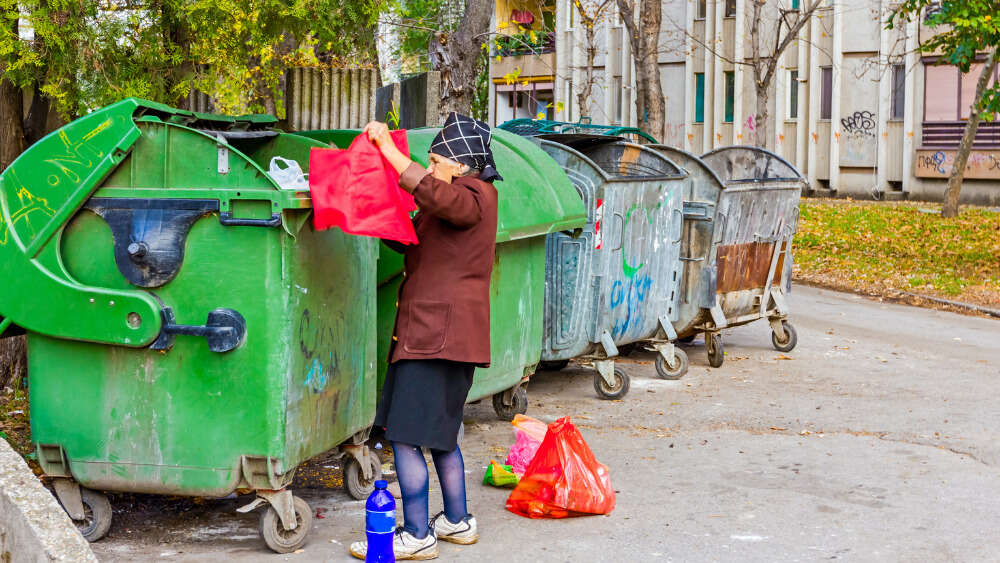Women are bearing the brunt of poverty in Australia, according to a major new report from the Bankwest Curtin Economics Centre.
The Behind the Line report provides the latest examination of the depth and prevalence of poverty within Australia, and how it has changed from pre-COVID levels. Many of its findings reflect the financial hardships and pressures faced by many women in Australia.
According to the Centre’s analysis, just under three million people in Australia – 11.8 per cent of the population – live on less than half of the median income for Australia – a standard definition used to classify poverty. This includes nearly 750,000 children.
“Our research explores the challenges faced by single parents, and by women across the course of their lives, and examines how adverse life events affect women’s economic security,” Alan Duncan, director of Bankwest Curtin Economics Centre, wrote in his foreword.
“If you care about gender equity, you should read this report and care about poverty because of its disproportionate impact on women.”
Somewhat surprisingly, though, the number of Australians defined as being in poverty had fallen by about 350,000 over the past year thanks to the availability of COVID-19 supports in government allowances and wage subsidies.
Monique Earsman, Executive Director, Catholic Social Services Australia, said the shocking report revealed a clear gender gap in poverty in Australia, with young women and women approaching retirement much worse off.
“Women are three times more likely to fall into poverty following separation or divorce, and twice as likely to descend into poverty following the death of a partner.”
She sad said high rents played a significant part in the impact of overall poverty levels across Australia.
“High rents have increased poverty levels among renters, with the poorest families in Australia scraping by on less than $150 per week after housing costs,” she said.
The report’s key findings include: One in five people in poverty in Australia are in low-paid employment. One in eight agriculture workers and 10 per cent of workers in the accommodation and food services sector have earnings that come in below the poverty line. Again, poverty rates did fall by six percentage points among casual workers who held on to their jobs during the pandemic, but that needed to be balanced against the fact that 220,000 casuals left their jobs between 2019 and 2020.
In brief:
• More than a quarter of single parents are in poverty, with one in ten experiencing severe poverty.
• Single people in severe poverty have to live on less than $150 per week after housing costs are paid.
• 575,000 people have been in poverty for at least five of the last ten years.
• Poverty scars children and affects their economic, social and health outcomes in adulthood.
• People who experience childhood poverty are up to eight percentage points more likely to remain in poverty in their adult life
Anglicare Sydney commented that the report backed up its own research that many Australians are “falling through the cracks” and facing consistent hardship and financial disadvantage.
“As highlighted in our June 2021 Life After Lockdown report, there is evidence that COVID-19 exacerbated a number of social problems including domestic and family violence, suicide ideation, deterioration of personal relationships, and increased alcohol consumption,” a spokesperson said.
“While government policy acted as a buffer for many people in 2020 and 2021, the reduction of income supports coincided with an increasing demand for Anglicare financial hardship services, including among younger people aged 18-34 years and people in the private rental market. More broadly, rental arrears and rental debt were escalating issues in the first quarter of 2021. A multi-faceted policy response at both a federal and state government level is required in relation to housing and mental health.
“This year, we’re doing our own research into the 2021-2022 pandemic periods and we will be releasing those findings in September 2022.”
Email This Story
Why not send this to a friend?


